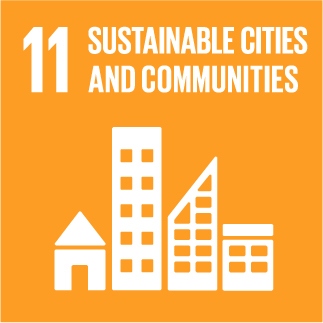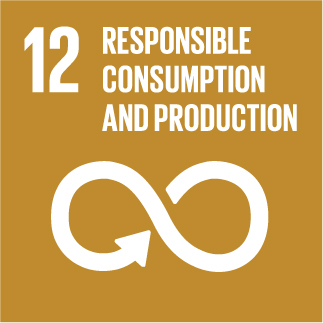URBANREC
The Sustainable Use of Cotton, Hazelnut and Ground Peanut Waste in Vegetable Crop Production
The environmental burden from crop production byproducts is gradually increasing and necessitates the sustainable management of waste towards a circular economy approach. In the present study, three byproducts (cotton ginning waste (CGW), ground hazelnut husks (GHH) and ground peanut husks (GPH)) were evaluated in lettuce cultivation. For this purpose, the tested materials were incorporated in soil at two different rates (25% and 50% of total substrate volume) while a control treatment (no addition of byproducts) was also considered. Fresh weight per plant and total yield was the highest for the GHH50% treatment. The highest fat, protein, carbohydrates and energy content were observed for the CGW25% treatment. Chemical composition also differed among the tested byproducts where CGW25% treatment had the highest total tocopherols, sugars (sucrose, fructose, trehalose and total sugars) and organic acids content. The most abundant fatty acids were α-linolenic, linoleic and palmitic acid in all the tested treatments, while the highest antioxidant activity was observed for the GHH50% treatment. Regarding polyphenols, phenolic acids content was the highest in the GHH treatments, whereas flavonoids were the highest for the CGW25% treatment. No cytotoxicity against the PLP2 non-tumor cell line was observed, whereas only the GPH50% treatment showed moderate efficacy against HeLa, HepG2 and MCF-7 cell lines. The tested extracts also showed moderate antibacterial activities and only the extracts from the CGW50% treatment were more effective than the positive control against Trichoderma viride. In conclusion, the present results showed the great potential of using the tested byproducts as soil amendments for vegetable crops production, since they may improve the nutritional parameters, the chemical profile and the bioactivities of the final product. The suggested alternative use of the tested byproducts not only will increase the added value of crops but will also alleviate the environmental burden from bulky agroindustry byproducts.

» Author: Spyridon A. Petropoulos
» Reference: doi: 10.3390/su12208511
» Publication Date: 15/10/2020
» More Information

This project has received funding from the European Union's Horizon 2020 research and innovation program under grant agreement Nº 690103




URBANREC Guidelines by URBANREC Consortium is licensed under a Creative Commons Reconocimiento-NonComercial-NoDerivatives 4.0 Internacional License.
Puede hallar permisos más allá de los concedidos con esta licencia en www.aimplas.net
